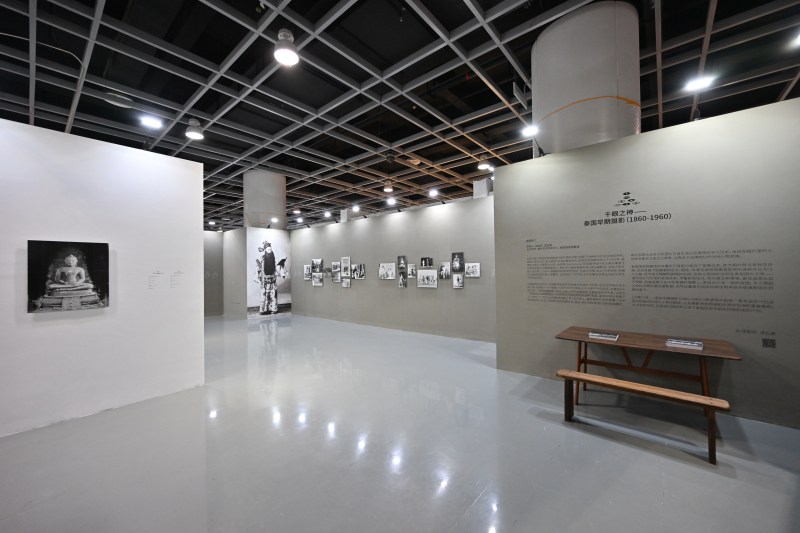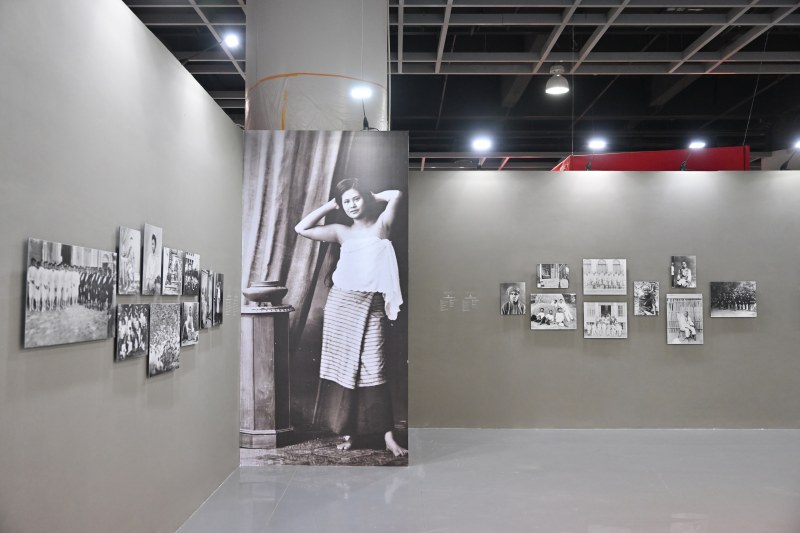-

-

Pirasri Povatong
-

-

Sons and nephews of King Chulalongkorn with their cameras. Dusit Park Palace, Bangkok, c.1904. Giclee Print, 42 cm x 50 cm. Courtesy of National Archives of Thailand.
-
 Daughters of Prince Damrong. The one on the right in full regalia for the topknot-cutting ceremony, c.1910. Giclee Print, 42 cm x 58 cm. Courtesy of National Archives of Thailand.
Daughters of Prince Damrong. The one on the right in full regalia for the topknot-cutting ceremony, c.1910. Giclee Print, 42 cm x 58 cm. Courtesy of National Archives of Thailand. -

A Siamese couple, c.1910. Giclee Print, 29 cm x 38 cm. Courtesy of National Archives of Thailand.
-

Mom Katrin, the Russian wife of Prince Chakrabongse, dressed in Siamese style. c.1910. Giclee Print, 49 cm x 29 cm. Courtesy of National Archives of Thailand.
-

Members of the Inner Court and their cameras, c.1904. Giclee Print, 42 cm x 50 cm. Courtesy of National Archives of Thailand.
-

Two boys posing with a camera, Prince Damrong's palace at Pratu Sam Yot, Bangkok, c.1900. Giclee Print, 29 cm x 41 cm. Courtesy of National Archives of Thailand.
-

Male actor in Indra, the Hindu god, costume, Mid 19 C. Giclee Print, 38 cm x 30 cm. Courtesy of National Archives of Thailand.
-

A concubine to King Mongkut, in Western-style dress of the Victorian period, c.1860. Giclee Print, 42 cm x 29 cm. Courtesy of National Archives of Thailand.





